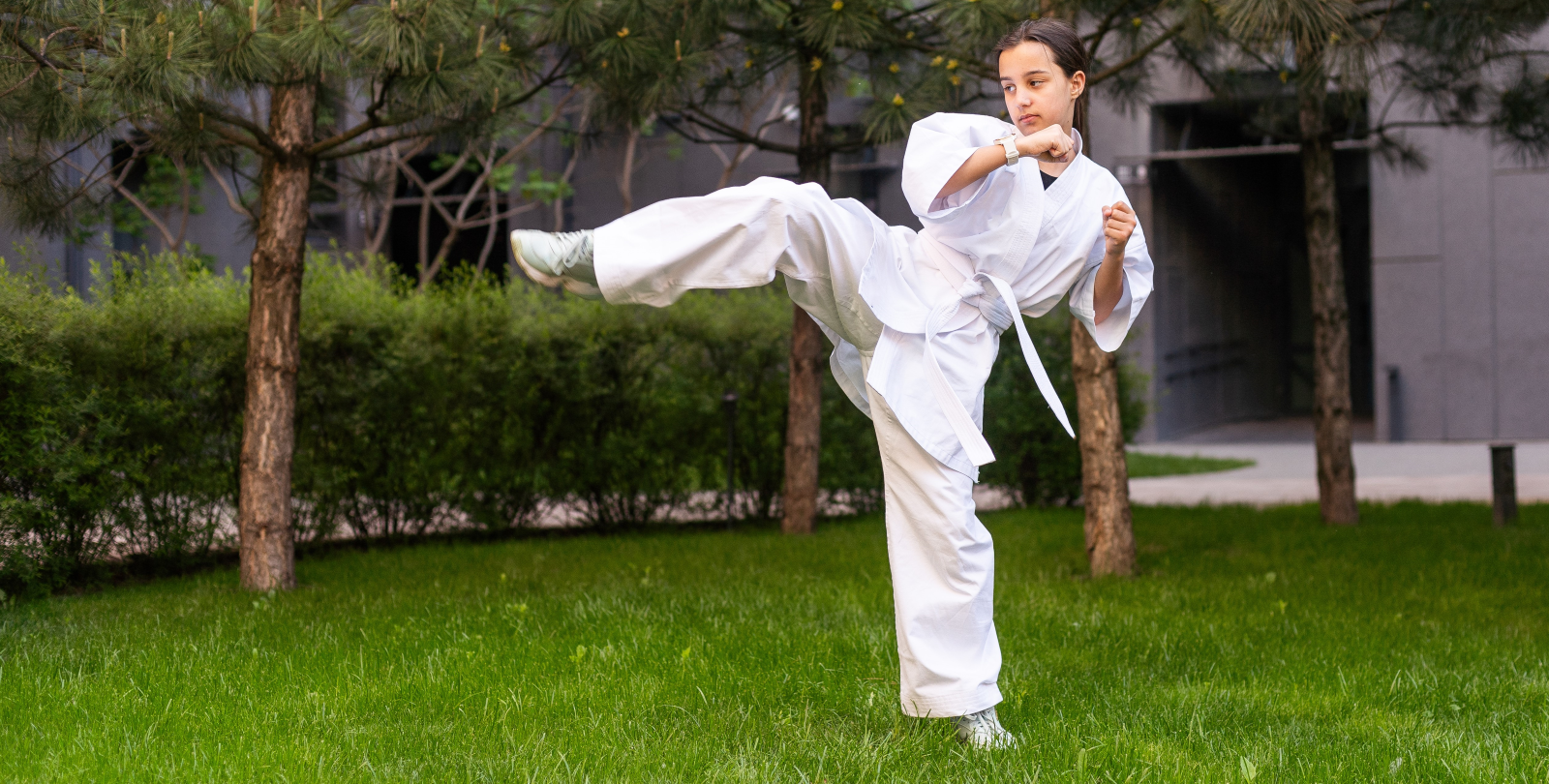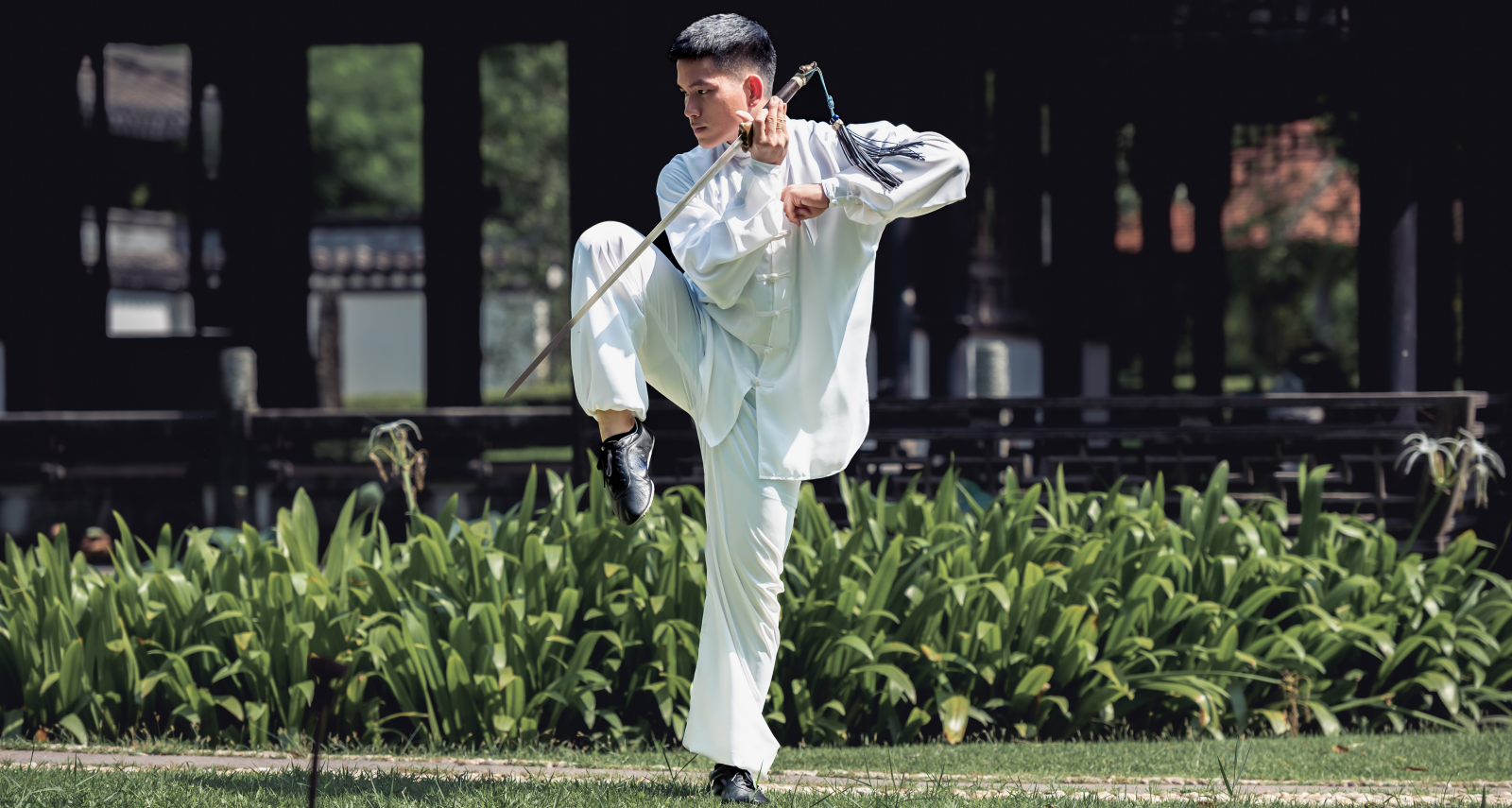The Harmonizing Essence of Kung Fu Beyond Combat
Balancing Yin and Yang Through Martial Practice
Kung Fu Practice has a deeper purpose extends far beyond fighting techniques to embrace the fundamental Taoist principle of harmony through balanced opposites. At its philosophical core, this martial tradition recognizes that true mastery comes only through cultivating equilibrium between complementary forces—the essential balance of Yin and Yang that Taoist wisdom identifies as the foundation of natural harmony.
This balanced approach manifests throughout traditional Kung Fu training. Hard techniques are complemented by soft ones, explosive movements balance with subtle ones, and external power development integrates with internal energy cultivation. This comprehensive approach creates martial artists who can express both yielding receptivity and decisive action as circumstances require.
The principle extends beyond physical techniques into the practitioner’s entire being—balancing strength with compassion, courage with restraint, and technical skill with ethical wisdom. This holistic development reflects the Taoist understanding that true power emerges not from extremes but from dynamic balance between opposing qualities.
Transcending Western Misconceptions
For those outside China, misconceptions often reduce Kung Fu to merely fighting and violence. This limited perspective misses the art’s profound cultural and philosophical dimensions. Rather than focusing primarily on combat, authentic Kung Fu serves as a vehicle for developing intelligence, wisdom, and character alongside physical capability.
These deeper aspects reflect Kung Fu’s roots in Taoist philosophy—one of China’s most influential native spiritual traditions. This philosophical foundation transforms what might otherwise be merely physical training into a comprehensive system for personal cultivation that addresses body, mind, and spirit as an integrated whole.
The Taoist influence creates martial arts that value harmony with natural principles, efficient use of energy, and ethical development alongside combat effectiveness. By understanding these philosophical underpinnings, practitioners discover Kung Fu’s capacity to nurture not just fighting skill but wisdom, self-awareness, and balanced character—qualities that serve practitioners in every aspect of life beyond martial applications.
This deeper understanding reveals Kung Fu’s true nature not as a system for violence but as a sophisticated path for human development that has continued evolving for centuries while maintaining its connection to ancient wisdom about harmonious living.

The Essence of Taoist Harmony in Kung Fu Practice
Living in Accordance with Nature’s Way
Taoism stands as one of China’s most significant religious and philosophical traditions, offering practitioners a path to harmonize with the Tao—the underlying principle that encompasses all existence. The word “Tao” itself translates as “the way,” “path,” or “principle,” but its deeper meaning points to the fundamental nature of all things, the essential patterns governing reality itself.
This philosophical foundation establishes core life values that emphasize moderation in action, humility in attitude, and compassion toward all beings. These qualities reflect the Taoist understanding that optimal living comes through alignment with natural principles rather than resistance against them. Rather than imposing human will upon circumstances, Taoism teaches flowing with natural patterns and recognizing the inherent wisdom in the way things naturally unfold.
Interconnection and Cosmic Harmony
Taoist philosophy recognizes that everything exists in interconnected relationship—nothing stands truly separate or isolated from the whole. This understanding of universal interconnection informs how practitioners approach both daily living and specialized practices like Kung Fu.
Followers of Taoist wisdom seek to live in harmony with the natural cycles and patterns observed in the world around them. This approach doesn’t mean passive acceptance but rather intelligent cooperation with how things naturally function. By understanding these patterns, practitioners develop the ability to accomplish more with less effort—working with rather than against the natural flow of events.
Kung Fu as Embodied Taoist Principle
Kung Fu directly applies these Taoist principles through physical movement and martial technique. Rather than existing merely as combat methods, traditional Kung Fu styles serve as systems for cultivating the same balance and harmony that Taoism seeks in all aspects of life.
This connection transforms Kung Fu training from mere technical development into a comprehensive practice for personal cultivation. The balanced approaches to strength and flexibility, hardness and softness, activity and stillness within training methods directly reflect the Taoist emphasis on harmonizing complementary forces.
Through this philosophical foundation, Kung Fu offers practitioners more than self-defense capability—it provides a tangible method for experiencing and embodying the harmony that Taoism identifies as our natural state. This deeper purpose explains why traditional Kung Fu systems emphasize character development alongside technical skill, recognizing that true mastery requires internal harmony as much as external prowess.
The Flow of Qi: The Energetic Bridge Between Taoism and Kung Fu
Understanding Life’s Vital Force
To truly comprehend the profound relationship between Taoism and Kung Fu, we must understand the concept of Qi (Chi)—the fundamental energy that Taoist philosophy identifies as the foundation of all life. While literally translating as “breath” or “air,” Qi represents something far more comprehensive—the vital life force that animates and connects all existence.
This energy, constantly transforming and flowing, serves as the basis for both health and martial power in traditional Chinese understanding. Unlike fixed or static energy forms, Qi’s dynamic nature requires cultivation and direction rather than mere accumulation. Through proper practice, practitioners learn to harness this energy to achieve equilibrium between opposing forces within the body.
According to traditional Chinese medicine (itself deeply influenced by Taoism), Qi travels through the body along specific pathways called meridians, nourishing organs and systems. The balanced flow of this energy directly influences overall health and wellbeing, with blockages or imbalances potentially leading to various physical and mental conditions.
Kung Fu as Qi Cultivation
Traditional Kung Fu training shares remarkable similarities with Taoist breathing exercises, reflecting their common philosophical heritage. Both practices focus on developing balanced Yin and Yang energies while promoting optimal Qi circulation throughout the body’s meridian system.
This energetic focus creates benefits extending far beyond combat effectiveness. Regular practice contributes significantly to mental clarity, emotional stability, and physical vitality—making Kung Fu an excellent preventive healthcare system alongside its martial applications. Many practitioners discover that the health benefits ultimately become more meaningful than the fighting techniques that initially attracted them to the art.
Through conscious breath control during training, practitioners harness Qi’s power, maximizing their inner strength and promoting integrated wellbeing. This approach develops what traditional masters call “whole-body power”—the ability to generate force not just from isolated muscles but from coordinated energy throughout the entire system.
The Paradoxical Strength of Softness
The Taoist principle that “nothing in the world is weaker and softer than water, yet nothing surpasses it for conquering the hard and strong” finds perfect expression in advanced Kung Fu. This paradoxical understanding—that true power emerges not from rigid force but from yielding adaptability—shapes both technical approaches and philosophical understanding.
This principle manifests in how practitioners learn to overcome strength not with greater strength but with yielding redirection, perfect timing, and structural advantage. The most advanced masters demonstrate remarkable power without apparent effort, embodying the Taoist ideal of wu-wei (non-forced action) that accomplishes much while expending little.
This profound influence of Taoist principles on Kung Fu’s development reveals why the art transcends mere fighting techniques to become a comprehensive system for personal cultivation. Through understanding this connection, practitioners gain insight into how their training represents not just physical development but participation in a centuries-old tradition of embodied wisdom about harmonious living and natural power.
Kung Fu Practice
What is Kung Fu Practice, and what does it involve?
Kung Fu Practice is a disciplined training system that focuses on strength, agility, flexibility, and mental focus through structured movements, stances, and techniques. It includes striking, blocking, grappling, and internal energy cultivation, depending on the style. Traditional practice often incorporates forms (kata), weapon training, meditation, and conditioning exercises to develop both physical and mental resilience.
How long does it take to become skilled in Kung Fu?
Mastering Kung Fu takes years of dedicated practice, but progress depends on consistency, effort, and the complexity of the style. Some fundamental techniques can be learned within months, but achieving proficiency in advanced forms, sparring, and applications can take years or even a lifetime. Unlike sports with fixed training timelines, Kung Fu is a lifelong journey of self-improvement that deepens with continuous practice.
What are the health benefits of Kung Fu Practice?
Kung Fu enhances cardiovascular health, muscle strength, balance, and flexibility while also promoting mental discipline and stress reduction. The combination of breathing techniques, dynamic movements, and meditation improves endurance, coordination, and overall well-being. Many practitioners experience increased energy levels, heightened focus, and a stronger mind-body connection, making it beneficial for both self-defense and personal growth.
Can Kung Fu be used effectively for self-defense?
Yes, Kung Fu is highly effective for self-defense, as it teaches awareness, quick reflexes, and efficient combat techniques. Different styles emphasize various fighting strategies, from close-range trapping in Wing Chun to powerful long-range strikes in Shaolin Kung Fu. Training includes defensive tactics, counterattacks, and adaptability, allowing practitioners to handle real-life confrontations with confidence and control.
Is Kung Fu only for fighting, or does it have a spiritual aspect?
Kung Fu is not just about combat—it is a holistic practice that integrates philosophy, discipline, and self-awareness. Rooted in Taoist and Buddhist traditions, it emphasizes balance, patience, humility, and respect for life. Many styles incorporate meditation, Qi cultivation, and ethical teachings, helping practitioners develop not just physical skill but also mental clarity and inner peace. The goal is self-mastery, both in martial ability and in daily life.

